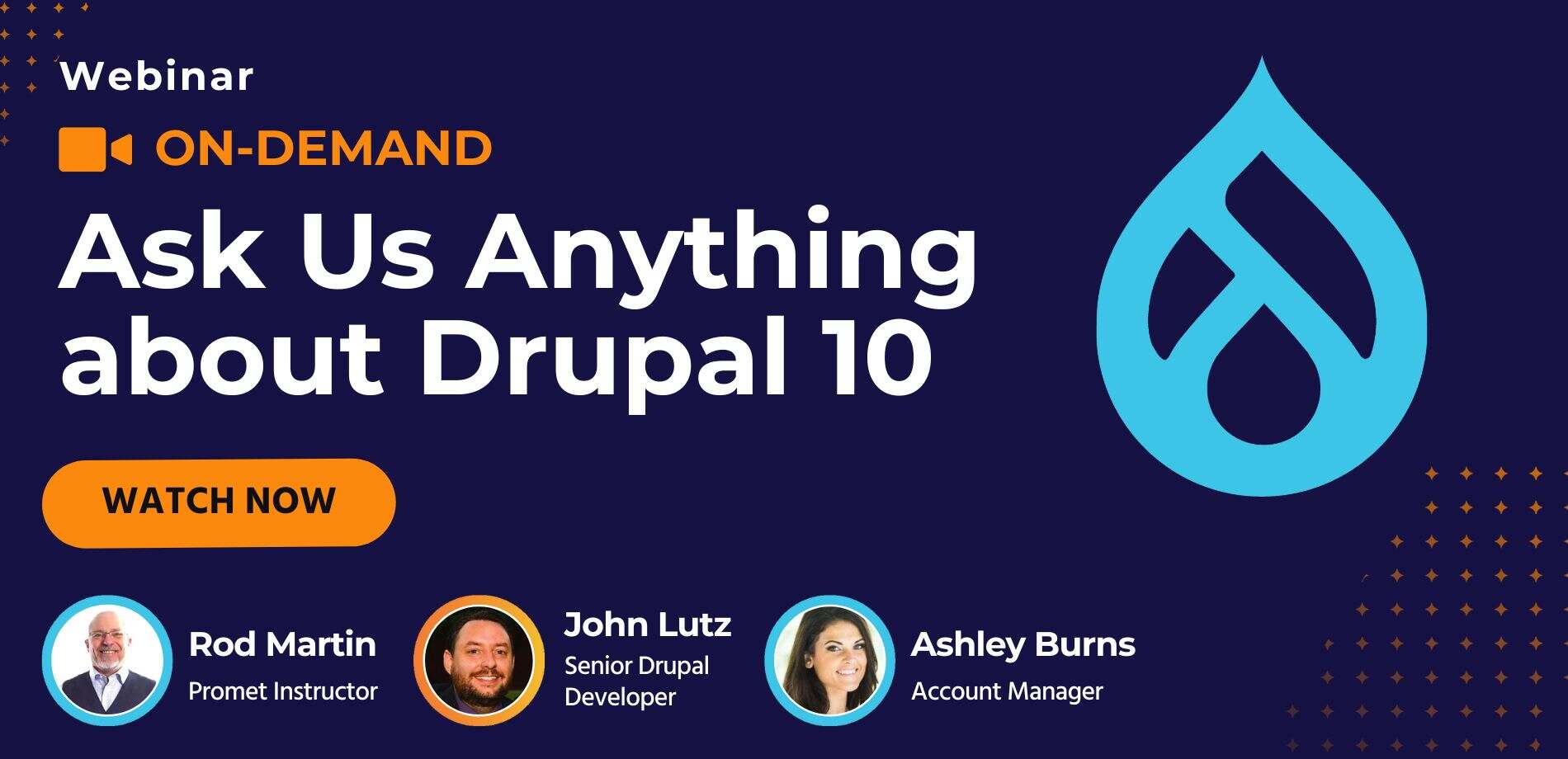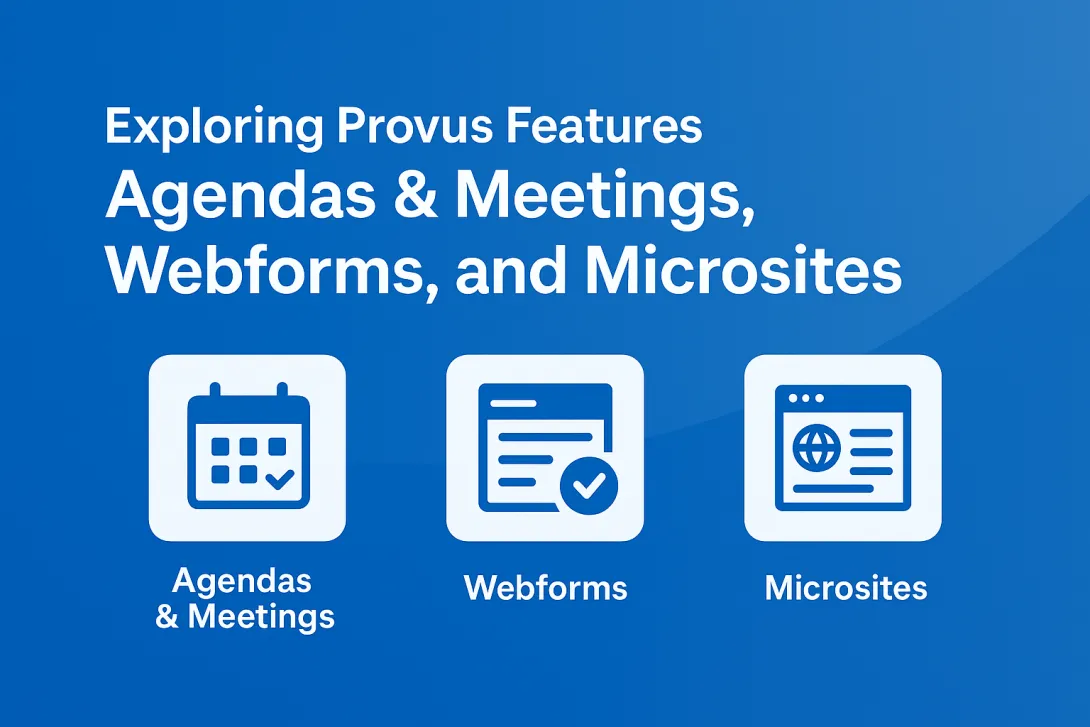A Transformative Approach to Drupal Migration

Table of Contents
Takeaway: Over the past several months, much of the focus within the Drupal community has concerned the imperative of Drupal migration. If you need a quick refresher on why the deadline matters, start with our EOL overview. Let's shift our focus from the urgent "have-to" of technical migration to the incredible opportunity it presents for you to update your website's UX and UI design.
Redefining your digital presence
More so than ever before, web experiences represent a defining digital presence. The stakes for getting it right are high. What proved to be the right approach a a few years ago, might be inching toward becoming out of sync with user expectations.
Keep in mind, users form rapid-fire impressions about your organization and your website the second they land on a page:
- Am I going to engage with this site?
- Does it contain the information that I need?
- Should I keep scrolling?
- Do I want to click on this link?
- Is this interface going to be easy or trip me up into some frustrating sort of loop?
- Should I just order now?
- Do I want more information?
- Where else can I click that looks interesting?
Already have your migration checklist? Grab it here.
Expertise + empathy = A better experience for your users
Getting into alignment with user expectations calls for a deep level of inquiry along with a complex mix of empathy for users, elimination of assumptions, and user journey mapping. At Promet Source, it's what we call human-centered design, and it serves as the foundation for user experience design that optimizes first impressions, maintains engagement, and drives organizational goals.
Fact is, a depth and breadth of effort and expertise factors into the creation of engaging web experiences that require minimal effort on the part of user. A great user experience is a multi-layered process that incorporates the following objectives.
Convey your brand story with intention
Determine what it is that sets your organization apart, and ensure that your messaging, tone, and brand guidelines seamlessly align.
Empathy for the fact that visitors to your site are bombarded with more messaging every day than they can ever hope to absorb will strengthen your resolve to create refreshing web experiences that offer a break from the clutter.
Even if—especially if—the subject matter is complex, focus on connecting the content to the distinct needs of your audience.
Establish and adhere to consistent standards
Clearly understood guidelines for brand colors, fonts, and all stylistic considerations, and how they are to be used across your site, drive a consistent user experience with clear expectations.
Consistency provides a mental model for similar patterns, which facilitates navigation.
Monitor site performance
Sites that respond efficiently and pages that load rapidly are a significant factor in a positive user experience (this affects SEO too). Expectations have been high, and patience has been low ever since we got past dial-up internet.
In fact, a slow-loading website is a source of lost business. Visitors tend to stop engaging with a site if images take too long to load.
Build information architecture around user journeys
Too often, the information architecture of a site is based loosely on:
- An internal organization chart
- What seems to make sense to the development team
- What appears to be standard practice
There are multiple approaches, but a deeper dive into user preferences (your users) and what makes the most sense to them is guaranteed to produce valuable insights.
Optimize for mobile
Recent studies reveal that mobile devices account for more than half of all web traffic worldwide, and the upward trend is continuing.
Mobile-optimized websites, however, are lagging far behind. Mobile optimization is no longer a nice-to-have. It’s an imperative. For example, your user might not have a laptop and can only access your website's services through a phone (let's say they're urgently looking for safety services). You wouldn't want them not to be able to get help just because your website isn't optimized for mobile.
Ensure web accessibility compliance
Whether or not your site is legally required to do so, adherence to web accessibility guidelines is simply the right thing to do. Recent CDC reports indicate that fully 25% of the population has a disability of some sort. More so than ever before, online experiences represent an essential link to the outside world. Creating a site that works for people with disabilities also means that it works better for everyone, at every ability level.
A Drupal migration is a great time to enhance digital experiences
When online experiences consistently spark a sense of "Why can't our site do that?" or "Why doesn't our site look more like this?" It's time to take action. Your site can step up and serve as a strategic driver in an environment in which your web presence is an increasingly defining factor for your organization, your brand, and your values.
Shepherding the transformation of websites from a source of frustration or simply a functional presence to an intentional experience is what we do here at Promet Source.
Need to prep your development team for the technical aspects of migration? Check out our team preparation guide.
Get our newsletter
Get weekly Drupal and AI technology advancement news, pro tips, ideas, insights, and more.





